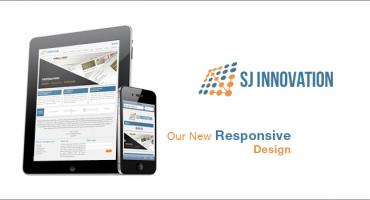Importance of GUI Testing and Its Benefits

Graphical User Interface (GUI) Testing is to ensure the functionalities of software applications work as per specifications by checking screens and controls like menus, buttons, icons, etc.
If we have to do GUI testing we first check that the images should be completely visible in different browsers. Also, the links are available and the button should work when clicked.
Also, if the user resizes the screen, neither images nor content should shrink or crop or overlap.
Why do you need GUI testing?
Modern applications are beyond the desktop; they are either mobile-based or cloud-based applications. They need to be more user-friendly as per customer demand. A GUI testing team always pays close attention to each detail in visual dynamics to ensure end-user satisfaction and ease.
GUI testing is done to check the functionality and usability of design elements as a user for an application under test.
What do you Check-in GUI Testing?
- It is crucial for the team to check the elements of GUI, like size, font, length, width, and more.
- Ensure error messages are being displayed accurately.
- Validate the font size and readability of font.
- Check the alignment of the text.
- Quality and clarity of images.
- The images should be aligned properly.
- Verify the working of carousel arrows and way finders
- The positioning of all the GUI elements should be checked for different screen resolution.
- Verify usability conditions, navigation, data integrity, etc.
GUI Testing Techniques
-
Manual Testing: This approach involves a human tester, where each screen is manually checked to validate each functionality by creating and executing test cases. It is a useful approach when part of the UI or a feature is ready, the probability of defects is more at the initial stage, and human intervention is required.
- Record & Replay: This is an automated GUI testing tool; all the tasks are recorded during the test. The recorded steps or tasks are executed with expected behavior. Now, this can be repeated several times with various data sets.
- Model Based Testing: This type of testing acts as a graphic description. Such testing predicts the system's behavior and this technique generates the test cases efficiently. Charts and decision tables are some of the model-based techniques.
Advantages of GUI Testing:
- Tests the user interface from the users perspective.
- Offers developers and testers ease of use and learning.
- Helps validate the compliance of various icons and elements with their design specifications.
- Increases reliability and improves the quality of the product.
Disadvantages of GUI Testing:
- It requires more memory resources, which leads the system to perform slowly.
- The process of testing is time consuming and may require extra software for running GUIs.
- Since the interface of an application changes frequently, the team might have to refactor a recorded test script to improve its accuracy.
- Limited access or no access to the source code makes the process of testing difficult.

At the Heart of SJ Innovation: How we Coordinate our International venture

FRIDAY FUN ACTIVITY : A MUST AT EVERY WORKPLACE


